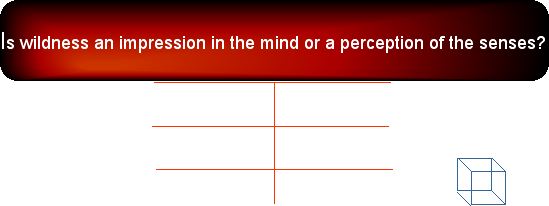 Romanticism
& wilderness
Romanticism
& wildernessNavigating the site:
How does romanticism influence the perception and definition of "wilderness" ?
Roderick Nash says
Romanticism represents a change, a breach in our rational and abstract western attitudes about creation, humanity and artistic expression.
And by that he means?
p. 44

Stalking wildness
as a way of knowing the earth by an awareness of the senses and an engagement of the intellect.
Reaction against Puritanism of the sixteenth and rationalism of the eighteenth centuries. Thus nature, that is the wild state created by God to test the human devotion to divine will changed.
Wilderness as a place of testing, or retreat in order to endure an ordeal that tests a person's resolve (Biblical) was now seen as a sensory condition, an emotional situation, and a recognition of human frailty triumphing over adverse, if not mortally dangerous encounters with wildlife.
| Writers | Artists | Music songs | |
|---|---|---|---|
| 1 | Bartram | Claude Lorain | Beethoven |
| 2 | Wordsworth | Turner | Chopin |
| 3 | Irving | Allston | Brahms |
| 4 | Thoreau | Cole | Stephen Foster |
Influences from Europe on American sensibilities:
- England Blake
- Germanic states Goethe
- France Rousseau
- America Longfellow, Bryant, Emerson
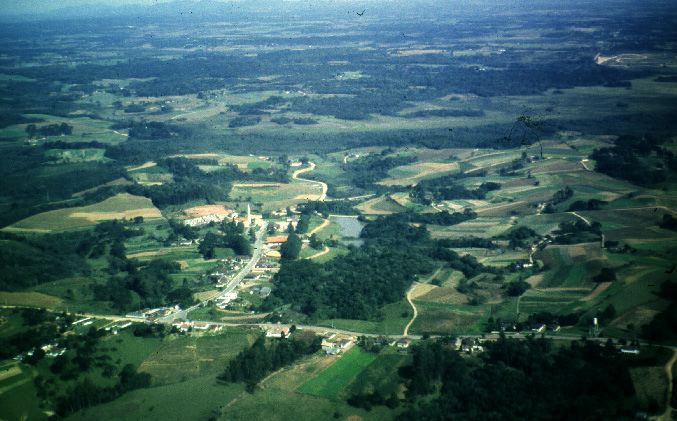
Glorification of the folk (volk) because they embody the virtues having overcome the vices of the countryside.
Rousseau argued that the state of “nature,” was a condition of goodness, not brutish behavior.
The style of the countryside's buildings was called an expression of folk arts or the vernacular.
The more emotive appeals to the importance of the nation with a need to identify with the terrain of the "motherland" was called the cult of “blood & soil.” It was suggested that people develop their local identity from the working of the soil to produce crops and goods unique to different places.
The notion of local color, derived from the peculiarities of places and the pursuit and identification of the picturesque.
So how does wilderness move from being a fearful, desolate, and unforgiving hell into a paradise of sublime sentiments about natural features that both test and inspire us to respect the "unpredictable & uncontrollable" aspects of wild places?
Pioneer ambivalence emerged from treating wilderness as a fearsome foe to grudging respect for its powers.
George Catlin
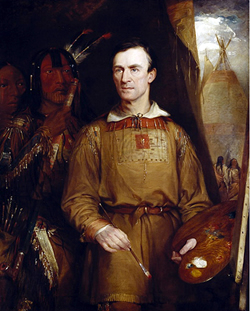
Extraordinary artist of Indigenous people and originator of a "park" ideal.
Herman Melville was inspired by this view from his study of Mount Greylock in the Berkshire mountains of western
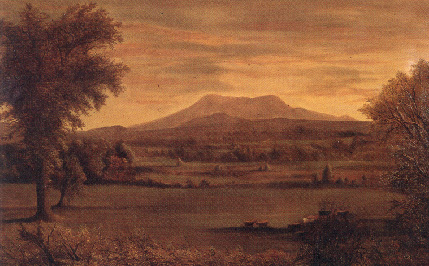
Massachusetts, for the character of the white whale, Moby Dick.
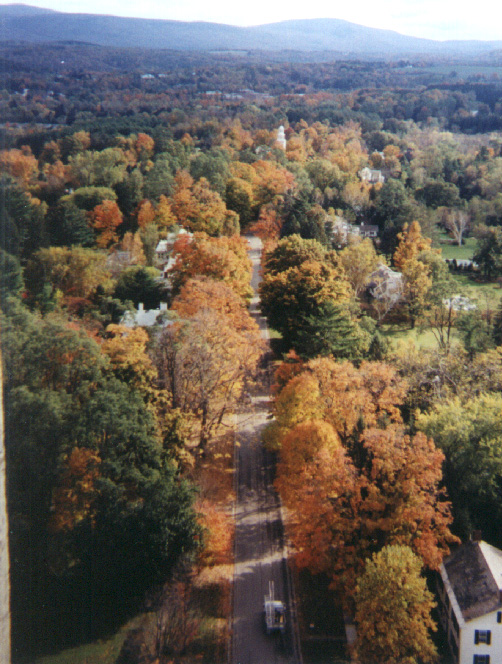
Mount Greylock, Mass. from Bennington Vermont.
![]()
By defining wilderness as a source of redemption or salvation is the romantic movement or Romanticism supportive of [compatible with] or out of touch with the Judeo-Christian past ?
Widely read books:
Harriet Beecher Stowe, Uncle Tom's Cabin
Samuel Langhorn Clemens, Huckleberry Finn
Both authors depict the western territories with less imposed controls and the south with bondage and traditions binding people to the land.
Picturesque in art and literarture, Samuel Gilpin. A quality of culture and landscape in transforming the raw terrain into a settled relation among functional structures and buildings to the land.
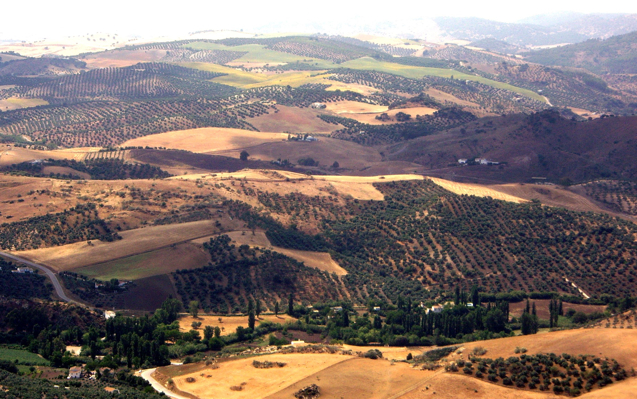
Spanish olive culture was brought to California.
The Hudson River and the Berkshire Mountains as the ground for the emergence
of the artistic group: the Hudson River School.
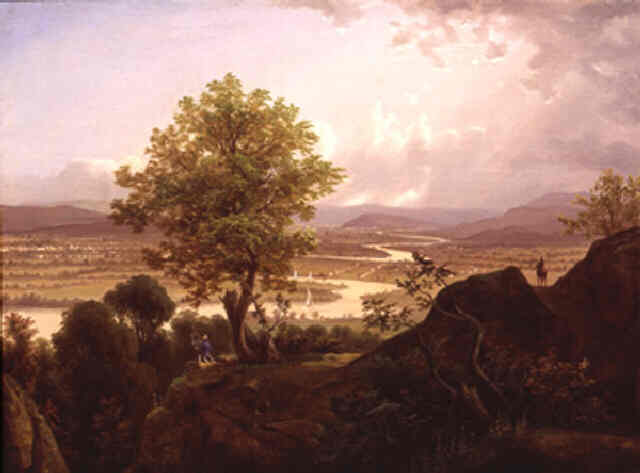
The Connecticut River: landscape becomes picturesque.
A new geography of hope:
Lewis & Clark (1803) the plains, rocky mountains, and the Missouri and Colombia Rivers' watersheds explored.
The Adirondack Mountains (1820s) Erie canal survey team.
The Great American Desert (1820s) Major Long expedition.
Two ways to define wilderness are
1. a fearful place of demons, debauchery, madness, and instinctual excess (Freud's libido).
2. as opposed to a place for testing and redemption of the soul,
3. Another is to see it as a set of conditions, that are no subject to human control.
Is there a third way?
A possible third way involved an understanding of the sublime.
Romanticism developed the ideal of the picturesque and the notion that wild places possess sublime qualities.
Washington Irving; the hudson valley's people as a source of inspiration for folklore, stories and their customs as lessons.
The Hudson River School; the painters depicted what was remote and powerfully overwhelming in American scenery (Abigail Adam's --beliefs that in America--nature was more vibrant, fragrant, or vital, than was Europe's wildlife and scenery).
George Catlin; he went west and captured the style, customs and ceremonies of the plains Indians prior to theory demise by smallpox diseases and warfare. He was the source of the concept of a park to preserve wild people and wild beasts..
William Cullen Bryant; depicted with Cole in Kindred spirits, he wrote of nature as a poetic source of inspiration, published on picturesque places and advocated for the establishment of Central Park in New York City in 1950s.
Frederick Law Olmsted, Sr. he went east to carry out a plan with Calvert Vaux to build Central Park in New York CIty, and went west to recommend that natural wonders and scenic areas of the Mariposa rancho be set aside as Yosemite valley. And as President, Abraham Lincoln did so in 1864 giving the Yosemite Valley to California to preserve wilderness in perpetuity.
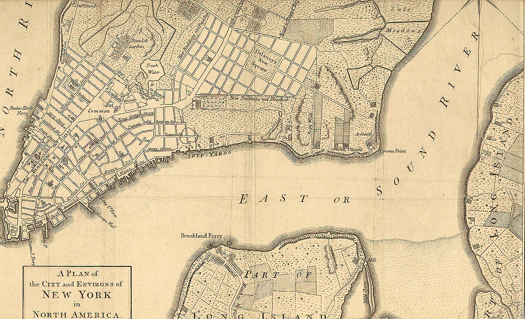
.
In America's cities, such as New York shown above, a new appreciation grew-up for the countryside and the loss of wilderness that came with urbanization, commerce, timber, mining, canal and railroad development.
What is a wild experience? It is an untamed and uncontrolled one that overwhelms us but may uplift us, out of our own mundane perception, simultaneously.

